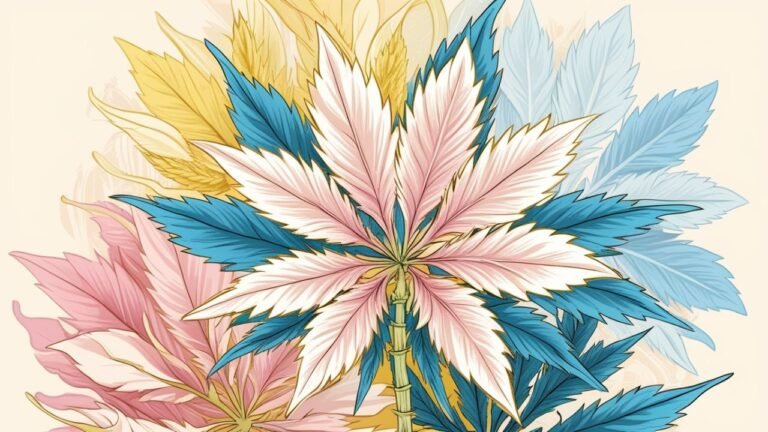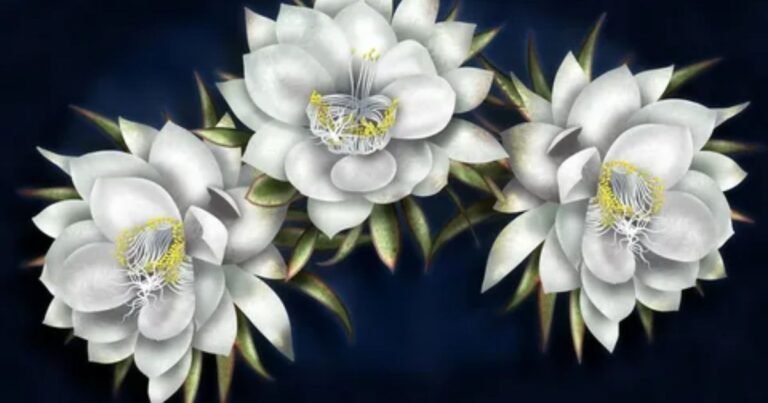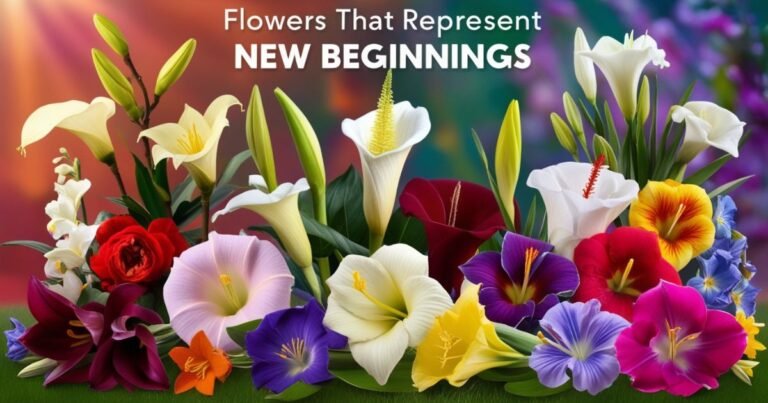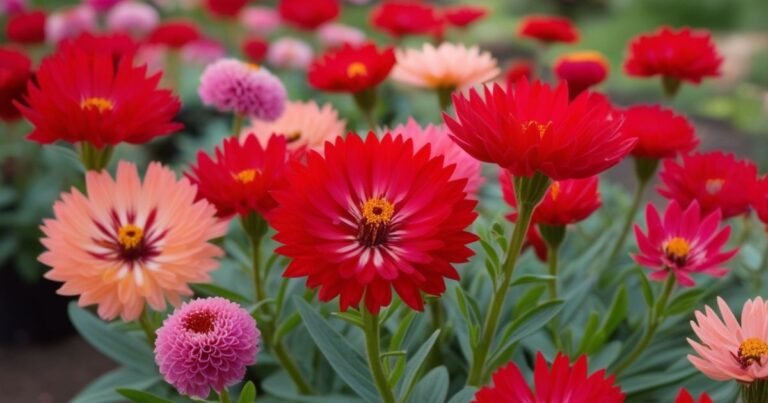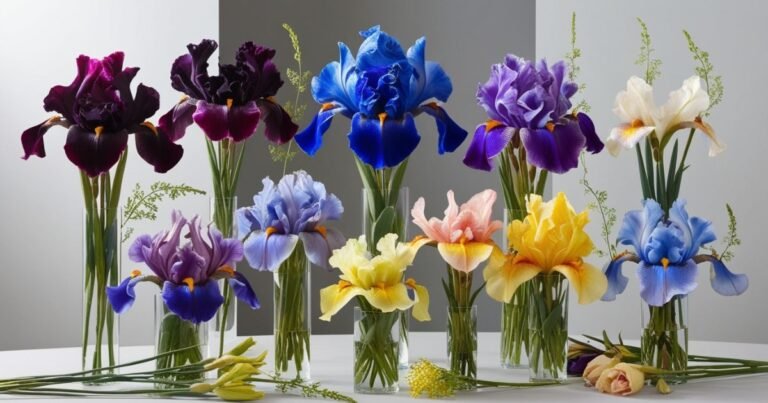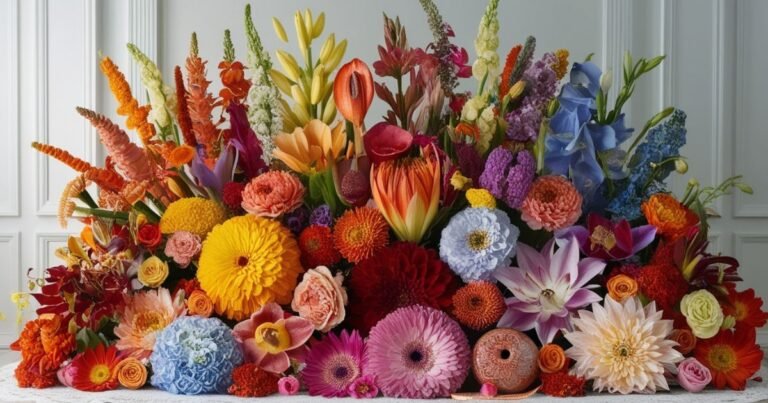What Flower Represents Death? 2025 Guide
The knowledge of what flower represents death can bring information about the cultural aspects related to loss and memory. Today in this paper, we will discover some of the flowers which are related to mortality and their meanings.
At the end you will not feel like you have been wasted with unnecessary information, you will find that you have been enabled with knowledge that makes you more sensitive to the feelings that flowers create at a time of need.
What Flower Represents Death?
These are the flowers that symbolize death:
- Chrysanthemum
- Carnation
- Black Rose
- Red Poppy
- Orchid
- Marigolds
- Dry White Rose
Chrysanthemum
These flowers are interwoven into the culture of funerary rites in many regions of Asia as well as in such countries as Japan and China, in particular. They as an example in japan, are regarded as a symbol of the sun, which is the source of life and death.
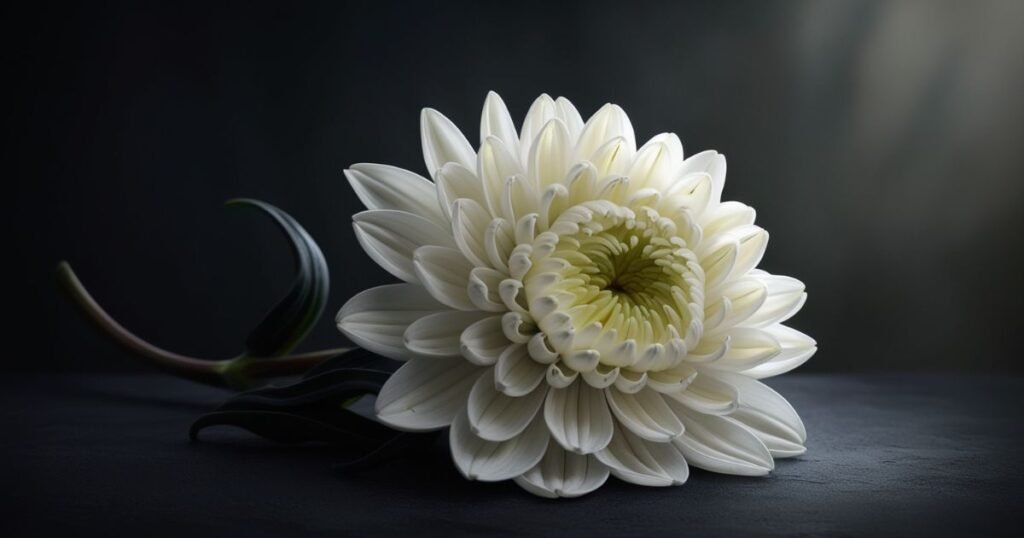
It represents a cultural realization of things that are not permanent. These flowers flower during late summer and fall and this can be seen as a process of life that is climaxed during winter, which is an aspect that is largely associated with endings.
Carnation
The darker red type of the flower is associated with bereavement and is an emotional gesture to the dead people we cared about. It makes us also consider our relationship with grief.
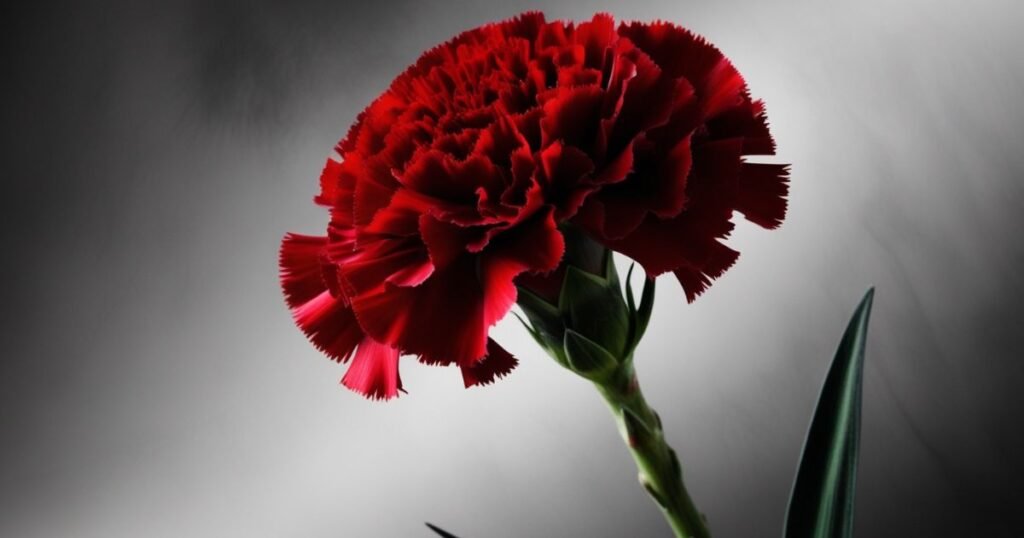
It presents us with a different story perhaps the story that promises that as long as we live in our life there is always something to celebrate that exists other than the fact that someone is gone.
Black Rose
It is something that reminds about end and a funeral. Its black color symbolizes the brevity of life and makes people think about their death. This mysterious flower in different cultures has been linked with closures of a cycle and thus it is a sign that can
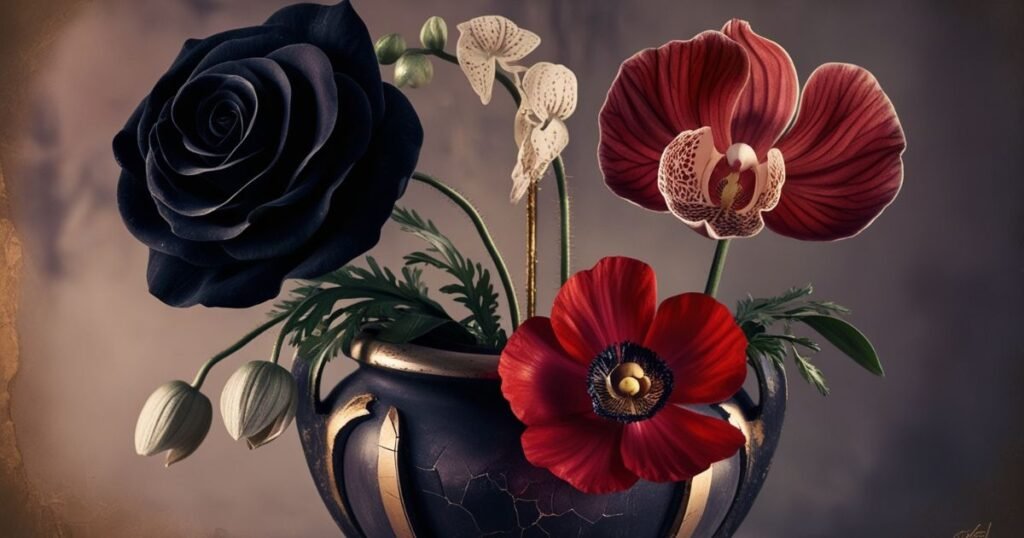
It is used to mark an occasion of burial or a commemoration of people who have died.
Red Poppy
Its flower petals, like blood, create an immediate feeling about the death encountered in war and conflict. In addition to commemorating the lives that the fallen military men died protecting, the red poppy is a rather emotional indicator of the short-lived nature of life.
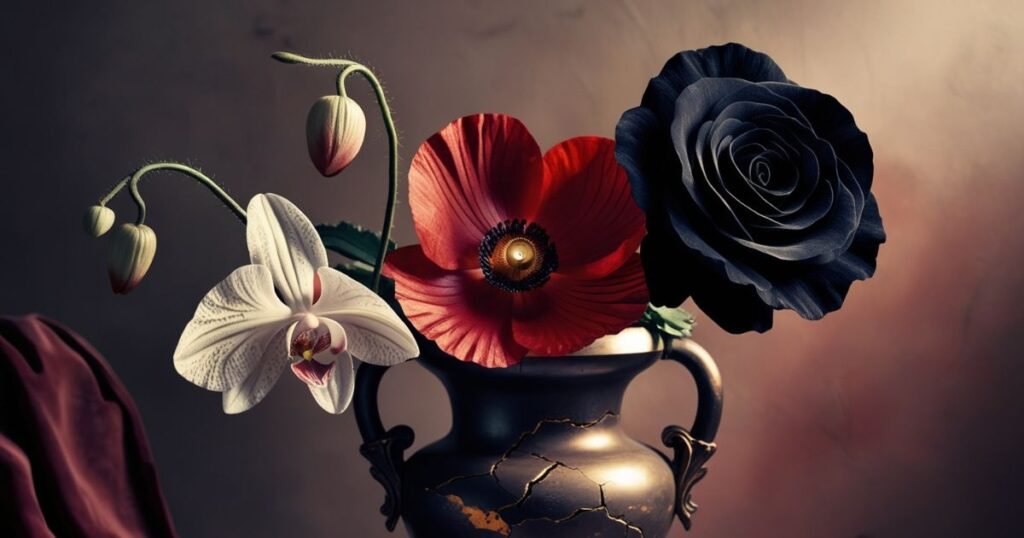
Ironically, all the connections between the red poppy and death do not involve human activities only. It symbolizes the life and rebirth cycle in most cultures and thus death is not the end but it is a transformation.
Orchid
The Dendrobium is one such orchid as these qualities make it both admirable in different cultures and bound with the concept of death. This flower is also one of the main symbols in some Asian cultures, marking the fragility of life and death as an occasional memory on the natural cycles.
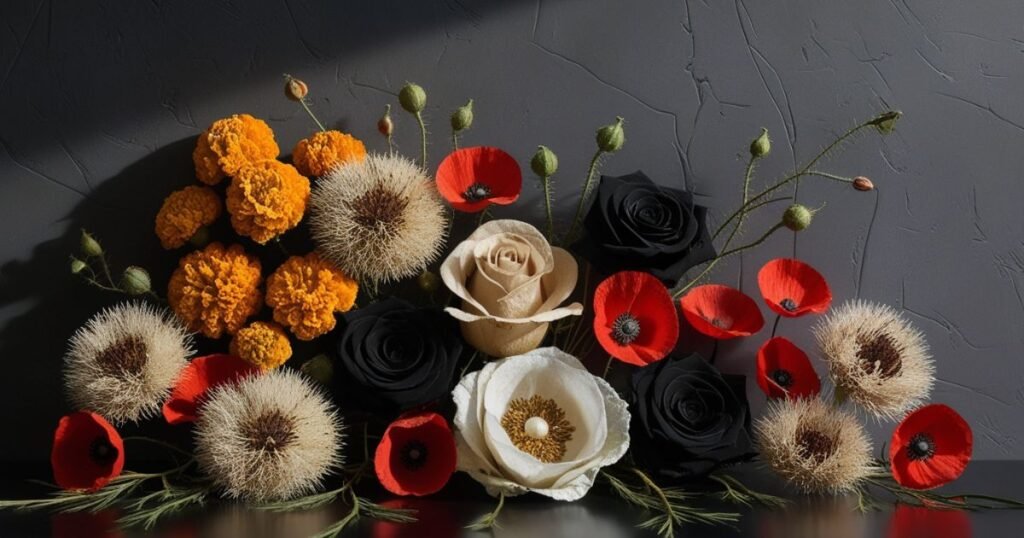
They are not only used as a symbol in funerals but when funerals are conducted they are normally a part of the memorial. The practice raises the question as to the multiplicity of grief and memory as orchids are resonances of sorrow and joy.
Marigolds
It is an honored plant in most cultures especially the Mexican tradition that is tagged the flower of the dead. These flowers are used to make altars during the Day of the Dead or Dia de los Muertos during which spirits are summoned back into the world of the living.
As nice an accent it creates to commemorate the dead, marigolds also create some feeling of acceptance with regard to death. Their growth perfectly reflects the never-ending circle of life and death; they flower profusely then perish away, representing the beauty as well as the short lived nature of life.
Dry White Rose
It represents a graphic and touching symbol of death and changeability. And with its wilted petals it speaks of love that blossomed and was now petrified by the silence of time.
It is seen in most cultures as a symbol of purity and innocence but in the dried state it adopts a whole new story. It begs us to think of the life cycle, how all things have an end leading to new things.
Types of Flower Arrangements
These flowers can be arranged in this way:
Standing Spray
Commonly referred to as the flower of death, the baskets used during funerals are also very touching signs of remembrance and love at a time when a person is going through one of the most painful moments in life.
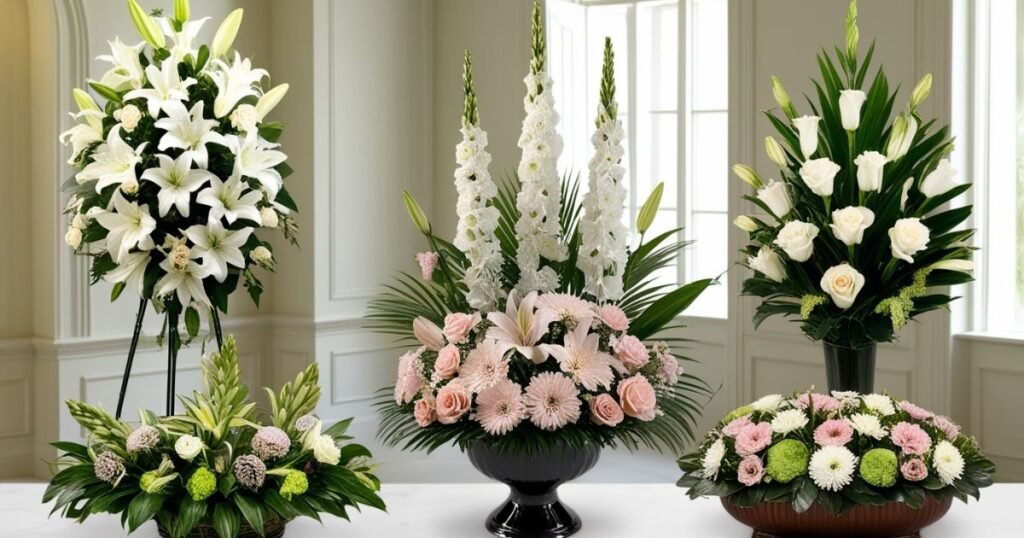
These are thought out flower arrangements not only serving as a remembrance of people who have died but also as a comfort to the bereaved.
Funeral Basket
Commonly referred to as the flower that represents death, the baskets used during funerals are also very touching signs of remembrance and love at a time when a person is going through one of the most painful moments in life.
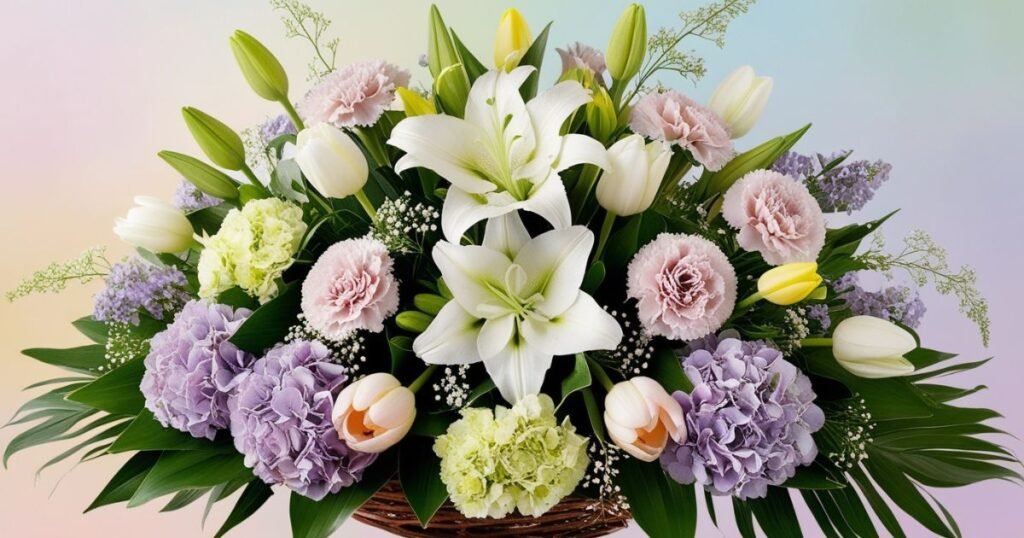
These are thought out flower arrangements not only serving as a remembrance of people who have died but also as a comfort to the bereaved.
Dish Garden or Plants
Dish gardens with a beautiful combination of different plants in one dish, adds the dynamics of colors and textures that gives life to any place.
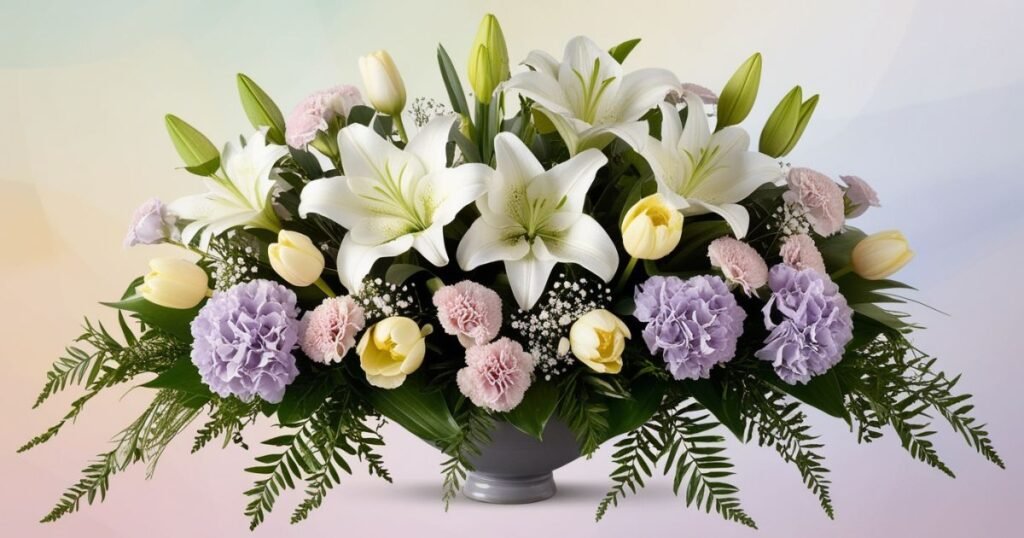
They are in themselves perhaps under-valued, as a possible source of potent microcosm, enabling us to examine the elements of resilience and beauty, which contrast the more somber flower of death.
Conclusions
When considering what flower represents death, one must agree that the symbol is usually much more than an aesthetic sign as it can be a critical representation of an expression of cultural values and expression of human feeling.
Although most people refer to the black rose when it comes to the talk of death, it is these less dramatic flowers that result in a more profound knowledge of loss, such as the lily and chrysanthemum.


